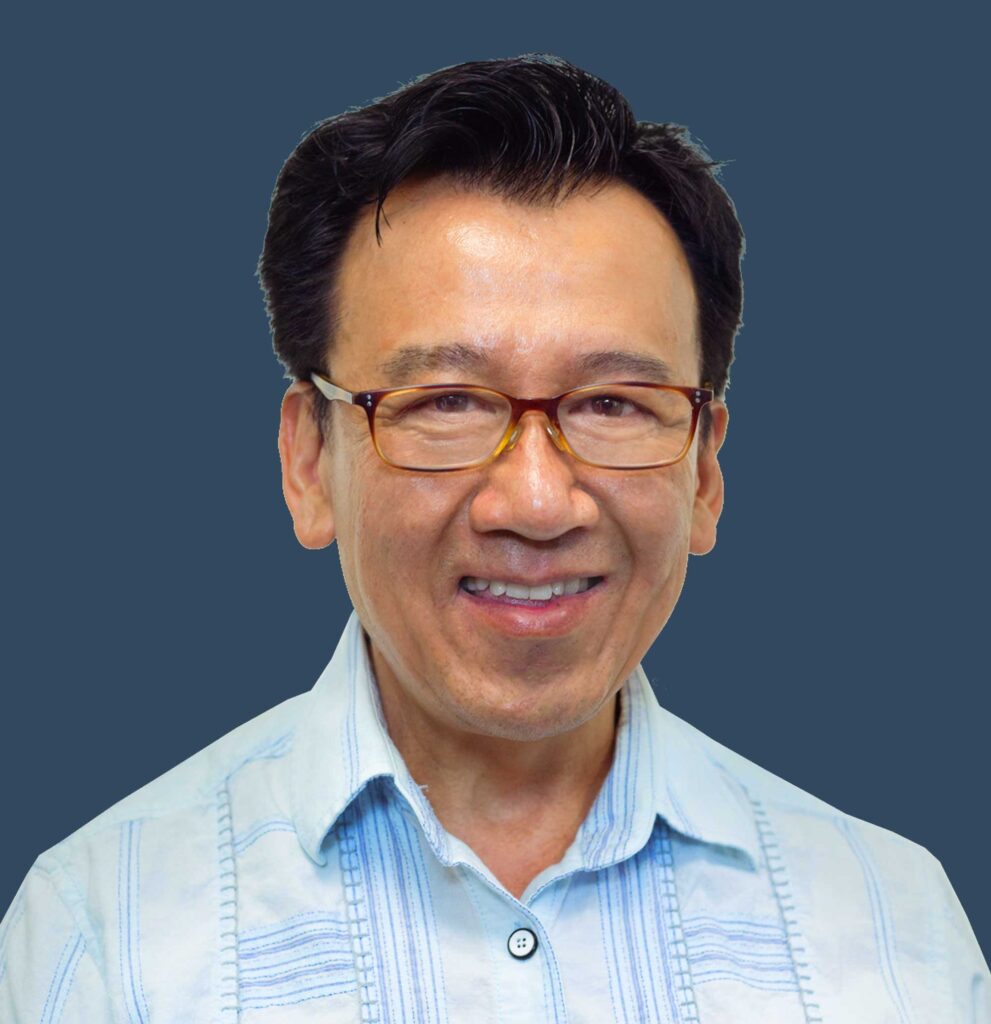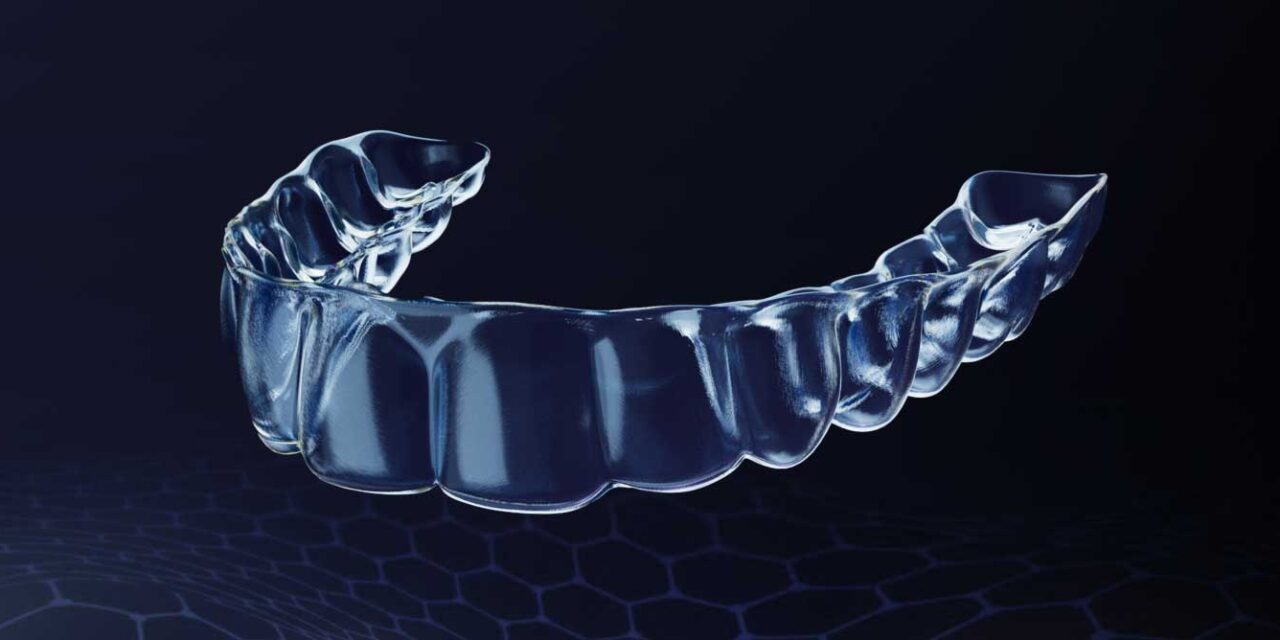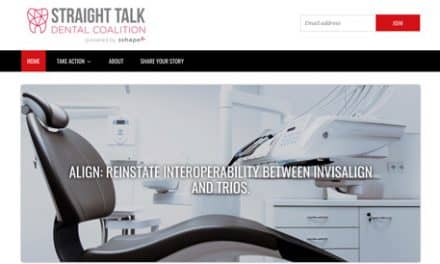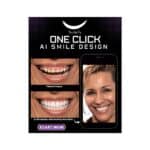OrthoFX introduced AirFlex with new PrecisionFinish Aligners, developed to improve precision and predictability during the final stages of orthodontic treatment. With the product launch, Orthodontic Products spoke with OrthoFX Co-Founder Loc Phan and orthodontist Dr Neil Warshawsky about how the new aligners were designed and how they perform in clinical use.
OrthoFX has introduced AirFlex with new PrecisionFinish Aligners, developed to improve precision and control during the final stages of orthodontic treatment. The new feature targets one of the most persistent challenges in clear aligner therapy—finishing and detailing—by maintaining active force throughout the last stages of tooth movement.
Unlike standard aligners that can lose force quickly after insertion, PrecisionFinish Aligners are designed to sustain active pressure, guiding teeth into their final positions more predictably. According to the company, this approach helps reduce the need for refinements and overcorrections that often extend treatment time.
Beginning October 28, 2025, PrecisionFinish Aligners will be automatically integrated into the last four stages of all AirFlex comprehensive cases. Refinements submitted after that date will also include the new aligners at no additional cost.
“Our mission is to continually push the boundaries of aligner therapy through material innovation,” said Ren Menon, CEO of OrthoFX. “With PrecisionFinish, we’re advancing orthodontic finishing by giving doctors more control in the final stages of aligner treatment.”
A Look at the Material Design

To understand how the new aligners were developed, Orthodontic Products spoke with Loc Phan, co-founder at OrthoFX, about the R&D team’s approach to solving the problem of force decay in the finishing phase.
Orthodontic Products: PrecisionFinish Aligners were designed to address one of the toughest parts of aligner treatment—finishing and detailing. What did your R&D team identify as the key limitations of conventional aligners in those final stages, and how does this design overcome them?
Loc Phan: The issue of conventional aligners is that they are primarily made from a thermoplastic solid laminate, which is more rigid. As a result, they are unable to sustain the required forces throughout the aligner stage quickly becoming passive soon after insertion. This is especially problematic for the finishing and detailing stages.
The PrecisionFinish aligners overcome this limitation through their unique construction, which deliver HyperElastic properties and sustained force control needed for final detailing and function.
OP: Can you say more about how this material is unique and how it maintains tooth movement more predictably than traditional aligner plastics?
Phan: The PrecisionFinish Aligner material is unique due to its proprietary quaternary architecture, which provides slightly higher forces and extended endurance for detailing and finishing for more predictive results. In contrast, conventional aligners rely on composite laminate materials that are viscoelastic, which experience force decay as the dentition approaches the prescribed destination.
OP: This update will be automatically integrated into AirFlex cases at no additional cost. What does that decision reflect about OrthoFX’s broader strategy to evolve aligner therapy and improve clinical outcomes for doctors?
Phan: Conventional aligner therapy often requires overcorrection and numerous refinements. This comes at the expense of the doctor’s time and patient satisfaction. OrthoFX’s broader product strategy focuses on innovative polymer formulations and aligner constructions to help deliver more predictable treatment outcomes and fewer refinements.
From Development to Chairside Use
While the R&D team focused on force control and material endurance, orthodontists are already seeing how the new aligners perform in practice. Orthodontic Products spoke with Neil Warshawsky, DDS, orthodontist, professor, and a leading provider of AirFlex, about how PrecisionFinish Aligners have changed his approach to final detailing and finishing.

Orthodontic Products: From your perspective, how do PrecisionFinish Aligners change the way you approach the final stages of treatment compared to other aligner systems you’ve used?
Neil Warshawsky, DDS: PrecisionFinish aligners have given me a new confidence that those pesky final details at the end of a case will come through and express properly. It’s not that the movements are so difficult, but for some reason as a case wraps up the final aligners can sometimes miss the last little bit of a detail like a rotation or tip of a crown. PrecisionFinish is the perfect complement to AirFlex, which is a standout product that already outperforms all other aligners.
OP: Finishing and detailing have always been challenging with clear aligners. What specific improvements have you noticed in terms of precision, fit, or tooth movement since adopting PrecisionFinish?
Warshawsky: With the addition of PrecisionFinish, the aligners do an excellent job of making sure heights of teeth are dialed in exactly.
OP: Have you seen a measurable difference in the number of refinements or overcorrections required when using PrecisionFinish Aligners?
Warshawsky: I’m finishing cases faster with fewer refinements, which my patients appreciate. The PrecisionFinish aligners deliver the highest performance to the very end with the least number of visits.
OP: For orthodontists who may be hesitant to change their current finishing protocol, what would you say stands out most about your experience with AirFlex and PrecisionFinish?
Warshawsky: PrecisionFinish aligners are an integrated part of the system, not separate. It’s the evolution of a well-designed modern aligner system. In the band and bracket world, you use TMA to finish. It’s unreasonable to think that one plastic can perfectly align a case from beginning to end. This improvement allows you to treat the majority of your case using the AirFlex material. It will automatically include the PrecisionFinish aligners towards the end of the case to ensure that the planned details display appropriately in the teeth. The best part about PrecisionFinish is that it is built into the system and happens automatically with no extra work. OP
Photos: OrthoFX










